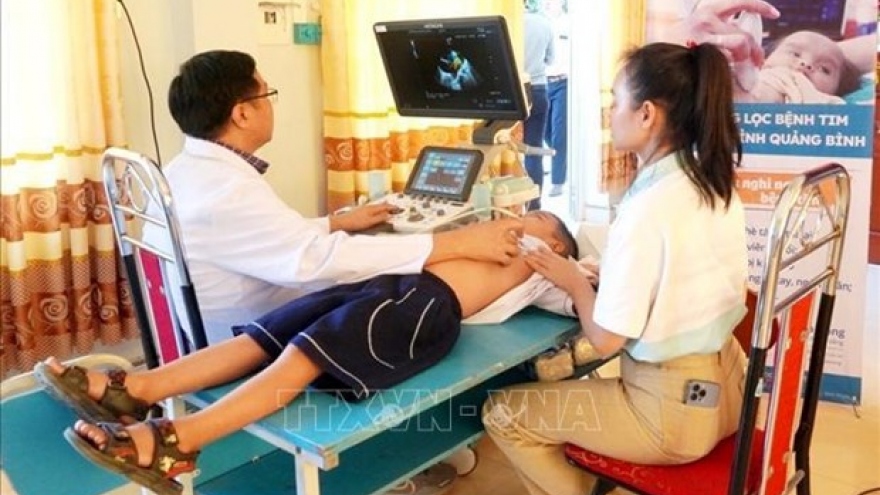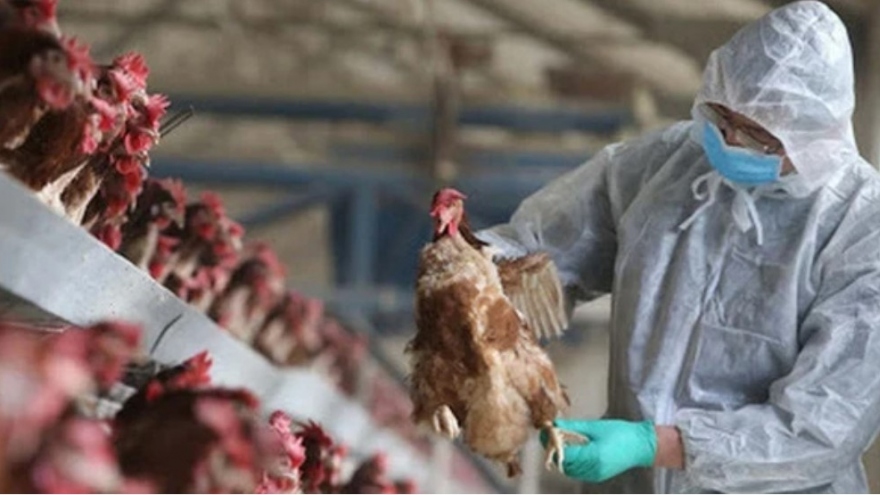Another man dies of A/H1pdm virus in central Vietnam
VOV.VN - A male patient in My Thang commune of Phu My district in Binh Dinh province has died of the influenza A/H1pdm virus, confirmed the Binh Dinh Centre for Diseases Control on November 15.

The patient, 59, began showing flu symptoms on October 28, including high fever, cough, yellow phlegm, chest pain, headache, and body aches. He was admitted to the hospital on November 2 and diagnosed with pneumonia caused by a non-specific agent.
After three days of treatment, his condition worsened, forcing doctors to transfer him to the Intensive Care Unit. On November 7, he fell into deep coma, with persistent high fever and poor lung ventilation, accompanied by moist rales and crackles in both lung fields. His family decided to take him home, and he passed away later that evening.
The patient’s specimen was immediately sent to the Pasteur Institute in Nha Trang for testing, and the test results indicated that he was infected with the Influenza A/H1pdm virus which poses a significant risk of mortality.
Health authorities conducted an epidemiological investigation in the community. They also carried out environmental and equipment disinfection using Chloramin B at the patient’s home and others to prevent further spread of the virus.
Earlier on October 23, the influenza A/(H1N1) pdm virus killed a man in Binh Dinh.
The influenza A/(H1N1) pdm virus strains have circulated seasonally since 2009, and continued to cause epidemics. As the viruses spread mainly by droplets made when people with flu cough, sneeze, or talk, health authorities recommend that people don face masks in public places, regularly wash hands frequently with soap, cover mouth and nose when coughing or sneezing.
Individuals are advised to refrain from spitting indiscriminately in public areas; minimize interactions with those displaying influenza symptoms or suspected cases unless absolutely necessary; and ensure they receive vaccinations for the seasonal flu.




